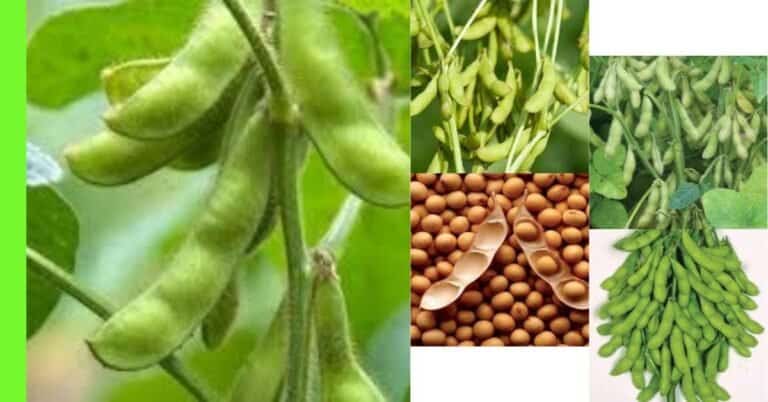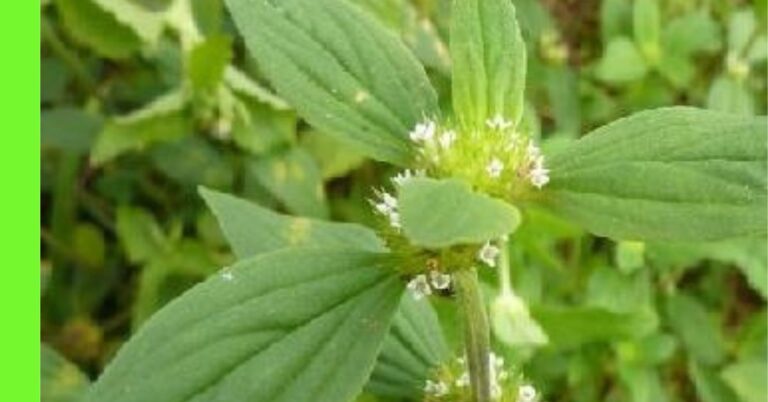How to Plant African Breadfruit (Ukwa): A Step-By-Step Guide

African breadfruit, locally known as ukwa in Nigeria, is a highly nutritious and culturally significant crop.
It is a staple food in many Nigerian communities, particularly in the southeastern region, where it is cherished for its rich flavour and versatility in various dishes.
Planting African breadfruit can be a rewarding venture, whether for personal consumption or commercial purposes.
This article provides a comprehensive guide on how to plant African breadfruit in Nigeria.
Description of the African Breadfruit (Ukwa) Plant
The African breadfruit (Treculia africana) is a tropical fruit-bearing tree native to West Africa.
It is a large, evergreen tree that can grow up to 30 meters tall.
The tree is known for its wide, spreading canopy and thick, rough bark.
Its leaves are broad, dark green, and shiny, and its fruits are large, round, and covered with a rough, spiny surface.
Inside the fruit are numerous edible seeds, which are the main economic and nutritional value of the plant.
These seeds, known as ukwa, are rich in protein, carbohydrates, and essential minerals like potassium, calcium, and magnesium.
They are widely consumed in Nigeria as a delicacy and used in preparing soups, porridge, and snacks.
The Planting Season for African Breadfruit (Ukwa) in Nigeria
African breadfruit thrives in tropical climates with abundant rainfall and warm temperatures, making Nigeria an ideal location for its cultivation.
The best time to plant ukwa is during the rainy season, typically between April and June in most parts of Nigeria.
This period ensures that the seeds or seedlings receive adequate moisture for germination and early growth.
However, in regions with prolonged dry seasons, it is essential to establish an irrigation system to provide consistent water for the young plants.
Planting African Breadfruit (Ukwa)
Planting African breadfruit requires proper planning and preparation to ensure optimal growth and yield.
Below are the key steps involved in planting ukwa:
Step 1: Choose a Location
Selecting the right location is crucial for the successful cultivation of African breadfruit. Here are some factors to consider:
- Soil Type: African breadfruit thrives in well-drained, loamy soils that are rich in organic matter. Avoid waterlogged or clayey soils, as they can hinder root development.
- Sunlight: The tree requires full sunlight to grow and produce fruit. Choose an area with minimal shading from other trees or buildings.
- Space: Since African breadfruit trees can grow large, ensure adequate spacing of at least 10 meters between trees to allow proper air circulation and prevent overcrowding.
Step 2: Land Clearing and Preparation
Once you’ve selected a suitable location, prepare the land as follows:
- Clear the Land: Remove weeds, grasses, and any other vegetation that may compete with the tree for nutrients.
- Plough and Till: Loosen the soil to improve aeration and drainage.
- Mark Spacing: Mark out planting spots at intervals of about 10 meters to allow room for the tree’s expansive canopy.
Step 3: Means of Propagation
African breadfruit can be propagated through seeds or vegetative methods such as grafting. Seed propagation is the most common and straightforward method for farmers in Nigeria.
- Seed Propagation: This involves planting seeds directly in the soil. The seeds are extracted from mature fruits, cleaned, and dried before planting.
- Vegetative Propagation: Techniques like grafting and budding are used to replicate desirable traits, such as disease resistance or higher yield. These methods are more technical and require expertise.
Step 4: How to Plant African Breadfruit (Ukwa) from Seed
Planting African breadfruit from seeds involves the following steps:
- Seed Preparation: Collect seeds from ripe, healthy fruits. Clean the seeds to remove pulp and allow them to dry for a few days.
- Pre-Treatment (Optional): Soak the seeds in water for 24-48 hours to enhance germination.
- Planting: Dig small holes about 5-10 cm deep in the prepared soil. Place one seed per hole and cover lightly with soil.
- Spacing: Maintain a spacing of at least 10 meters between seeds to allow for the tree’s extensive growth.
Step 5: Watering
Young African breadfruit plants require consistent moisture for proper germination and growth.
Water the plants regularly, especially during dry periods.
However, avoid overwatering, as excessive moisture can lead to root rot.
Step 6: Apply Manure
To boost soil fertility and support healthy growth, apply organic manure or compost around the base of the plant.
This should be done during planting and periodically as the tree matures.
Avoid applying synthetic fertilizers, as they may harm the delicate roots of the young plants.
Maturity and Harvest
African breadfruit trees take about 5-7 years to reach maturity and start producing fruits.
However, with proper care and the use of improved propagation techniques, such as grafting, the fruiting period can be shortened.
The fruits are usually harvested when they are fully mature, which is indicated by their large size and change in colour.
The seeds are then extracted from the fruit, cleaned, and dried for consumption or sale.
Pests and Diseases
African breadfruit trees are relatively hardy, but they can be affected by various pests and diseases, including:
- Pests:
- Termites: These can attack the roots and bark of young trees.
- Aphids and Mealybugs: These pests feed on the sap, causing wilting and stunted growth.
- Rodents: Rats and squirrels may feed on the seeds.
- Diseases:
- Root Rot: Caused by waterlogged soils or fungal infections.
- Leaf Spot: Fungal or bacterial infections that cause discoloration and defoliation.
- Dieback: A condition where branches dry out and die due to fungal infections or poor soil conditions.
Pest and Disease Control
To protect your African breadfruit trees from pests and diseases, implement the following measures:
- Preventive Measures:
- Ensure proper land preparation and avoid waterlogged soils.
- Use disease-free seeds or seedlings for planting.
- Apply organic pesticides and fungicides to prevent infestations.
- Cultural Practices:
- Regularly weed around the trees to reduce competition and remove hiding spots for pests.
- Prune diseased or damaged branches to prevent the spread of infections.
- Maintain proper spacing to improve air circulation and reduce the risk of fungal diseases.
- Biological Control:
- Introduce natural predators like ladybugs to control aphids and mealybugs.
- Use organic repellents, such as neem oil, to deter pests.
- Chemical Control:
- In severe cases, use chemical pesticides or fungicides, but follow recommended guidelines to avoid harming the environment or contaminating the seeds.
Conclusion
Planting African breadfruit (ukwa) in Nigeria is a worthwhile venture that can provide both nutritional and economic benefits.
By following the steps outlined in this guide, you can successfully grow and harvest this valuable crop.
With proper care and management, your African breadfruit trees will thrive, yielding abundant seeds for many years to come. Whether you are a farmer or a home gardener, cultivating ukwa is a rewarding investment in sustainable agriculture.
I hope this article was helpful.
Is there any crop you want to grow and can’t find in our How to Grow category?
Let us know; leave a note in the comment box below.






